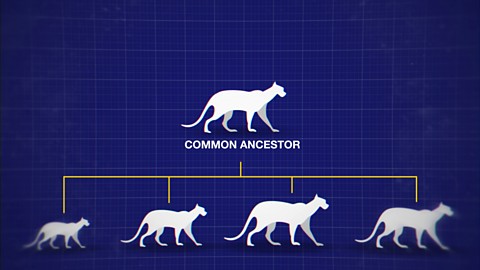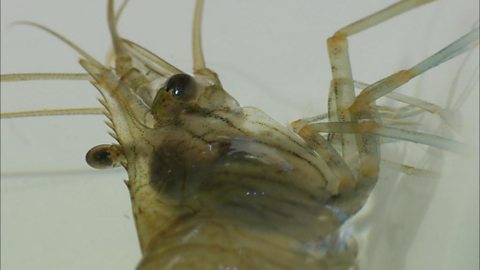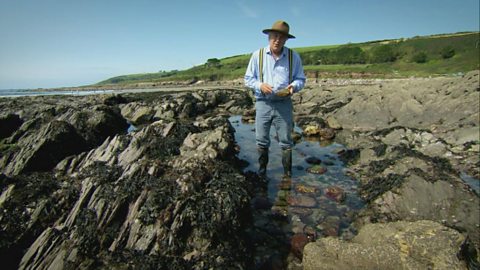Climate change and barnacle distribution
Description
Barnacles are natural barometers and their distribution has been greatly affected by ever changing weather conditions. Professor Richard Fortey investigates the effect that global warming has had on the distribution of warm and cold water barnacles. In the UK a study of barnacles has been ongoing for decades and there has been a distinct increase in the number of the kite-shaped warm water barnacles in the UK. Likewise, there has been a dramatic decrease in the white cold water barnacle. The natural predator for the cold water barnacle is the dog whelk, but if their numbers continue to decrease, what will happen to the dog whelk? Professor Richard Fortey ask the question ÔÇťWill the rock pool animals outlive us?ÔÇŁ
Classroom Ideas
Schools near the coast could could visit a beach and the students could do their own tally of cold and warm water barnacles using a quadrat. Which are there more of? Why might that be? What may happen to these numbers in the future? By linking up with schools in different coastal areas, a picture could be made of distribution in different climates. Students could draw a flow chart illustrating how a change in barnacle numbers could change the ecology of their ecosystem. The class could discuss what the different impacts could be and compare this to the effect of removing other species. The possibility that increasing temperature could lead to the introduction of another species should also be considered. Climate change modelling software could be used to explore different extents and rates of change.
Life on Earth
Now playing video 3 of 14
- 3:06

- 4:51

- 4:42
